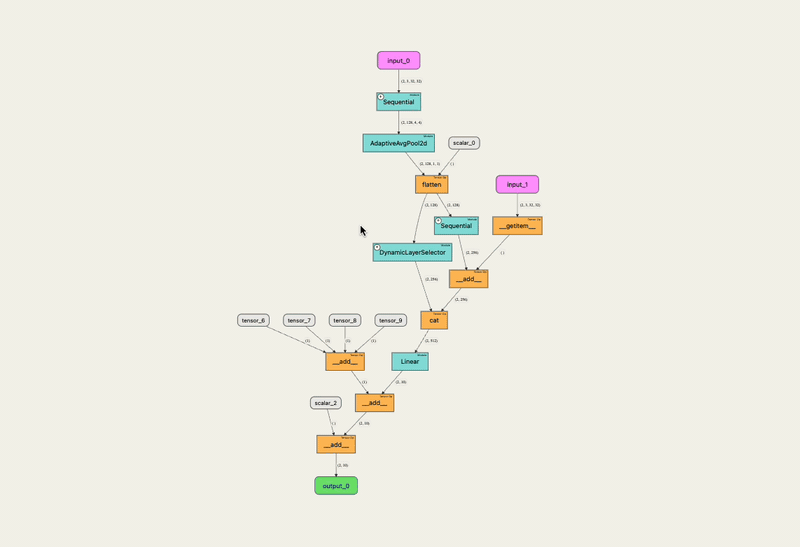Introduction
Enterprise AI has entered a make-or-break phase. Early adopters report dramatic efficiency gains, higher customer satisfaction, and fresh revenue streams, while laggards risk being out-innovated. This playbook presents seven Ultimate strategies to guide organizations toward sustained Enterprise AI success in 2025.
Why Enterprise AI Matters in 2025
The convergence of cheaper computing, mature cloud tooling, and an exploding talent pool means AI can finally scale across the enterprise. Customers now expect personalized digital experiences and instant insights; regulators demand transparent decision-making; boards insist on data-backed growth. Ignoring Enterprise AI is no longer an option.
1. Establish a Clear Enterprise AI Vision
Without a north star, AI projects drift into one-off proofs-of-concept. Executives must articulate how AI links to strategic objectives such as market expansion, cost leadership, or brand differentiation. A concise vision helps teams prioritize use cases with the highest impact and prevents fragmented tool sprawl.
1.1 Vision Alignment Checklist
- Define three enterprise KPIs that AI must improve.
- Map each proposed model to at least one KPI.
- Secure budget and executive sponsorship for multiyear scaling.
2. Invest in Scalable Enterprise AI Architecture
Fragile pipelines can derail even the most promising models. A modern architecture layers data ingestion, feature stores, model training, and orchestration into reusable services. Low-code interfaces empower citizen developers, while MLOps automation slashes deployment time from months to days.
2.1 Cloud vs. Hybrid Choices for Enterprise AI
Cloud-native stacks excel at elasticity and managed services, making them ideal for rapid experimentation. However, industries with strict data residency rules may need hybrid setups that keep sensitive assets on-prem while tapping cloud GPUs for burst training. Evaluate latency, compliance, and cost profiles before committing.
3. Prioritize Data Governance for Enterprise AI
AI is only as reliable as the data it consumes. Enterprises must enforce lineage tracking, schema validation, and anomaly detection in real time. Robust governance prevents silent drift that can poison model accuracy or expose regulated data. Embedding privacy-by-design builds trust with customers and auditors alike.
3.1 Data Quality Metrics for Enterprise AI
- Completeness: share of fields populated across sources.
- Consistency: degree of schema conformity.
- Timeliness: lag between source update and AI ingestion.
- Accuracy: variance between recorded and verified values.
4. Cultivate Enterprise AI Talent & Culture
Hiring elite data scientists is not enough; cross-functional squads must include domain experts, product managers, and ethicists. Encourage continual upskilling through hackathons, certifications, and internal guilds. Recognize that fear of automation may lurk make AI a partner enhancing human roles rather than a pink-slip machine.
5. Embed Responsible AI in Enterprise AI Processes
Ethical lapses can cripple brand reputation overnight. Bake fairness, accountability, and transparency into the DevOps pipeline. Use model cards to document intended use, performance bounds, and known biases. Simulate adversarial attacks to expose vulnerabilities before bad actors do. Regulatory frameworks such as the EU AI Act signal a new era of scrutiny prepare now.
6. Measure ROI and Business Value of Enterprise AI
ROI moves AI from science project to boardroom priority. Track hard metrics (revenue uplift, cost avoidance) and soft metrics (customer NPS, employee efficiency). Translate technical achievements into CFO-friendly language: for example, “Our conversational agent reduced average call-center handle time by 35 seconds, saving $2.3 million annually.”
7. Future-Proof Enterprise AI with Continuous Learning
Static models stifle resilience. Implement feedback loops that retrain on fresh data, monitor drift, and auto-deploy updated versions. Diversify algorithmic portfolios rule-based systems, conventional machine learning, and transformers each excel under different conditions. Finally, foster an innovation sandbox where experimental ideas whether quantum-optimized scheduling or synthetic data generation can mature safely.
Just as a precast contractor coordinates design, molding, and onsite assembly into a seamless workflow, AI leaders must orchestrate data, models, and culture to deliver durable value.
Conclusion: Accelerating toward Enterprise AI Excellence
In 2025, competitive advantage hinges on disciplined, ethical, and value-focused Enterprise AI deployment. Organizations that align vision, architecture, governance, talent, and continuous improvement will dominate their markets. Begin implementing these seven strategies today to secure an intelligent, resilient, and profitable tomorrow.
The post Ultimate Strategies for Enterprise AI Success in 2025 appeared first on Datafloq.

